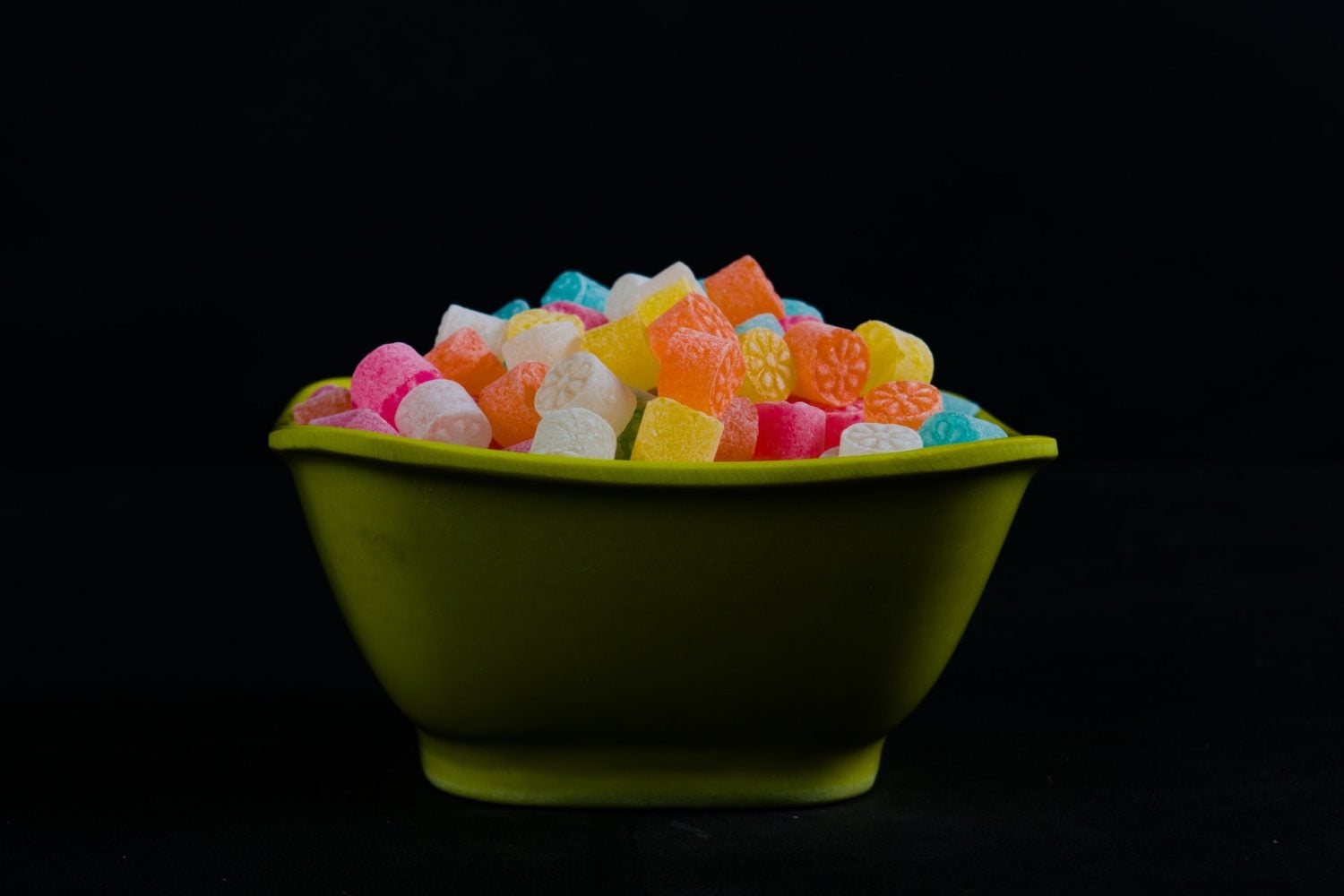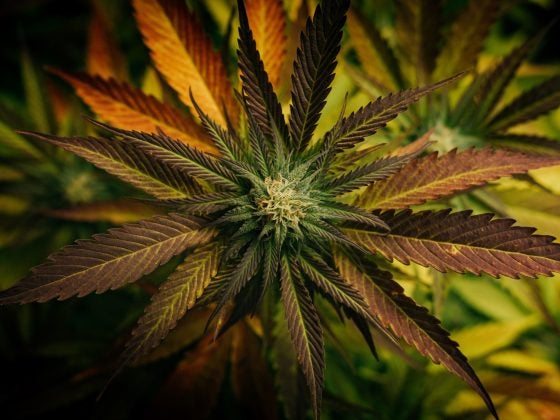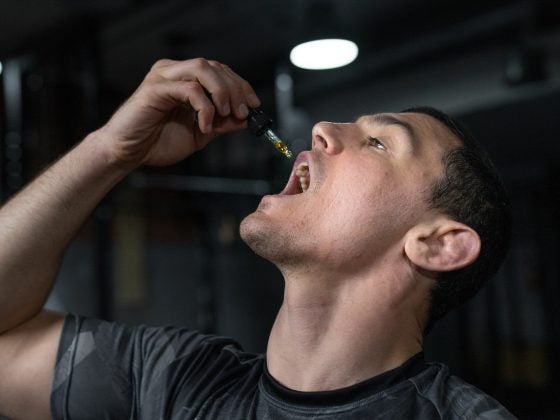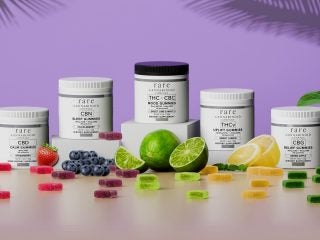Food items made from cannabis are known as edibles. They come in various shapes and sizes, including gummies and brownies, and consist of either one or both active components, CBD (cannabidiol) and THC (delta-9-tetrahydrocannabinol). Compared to other cannabis products, the edible sensation is often unique. Contrasted to the “high” someone experiences from smoking, the “high” from munchies may feel more robust and last longer.
Edibles also require longer to commence working than cannabis that is smoked or vaped, though many factors might contribute to the difference in the timing.
California was the first to legalize cannabis for medical purposes in 1996. By April 2016, four states (Oregon, Alaska, Colorado, and Washington) had legalized marijuana for recreational use, and 24 states and the District of Columbia had made legislation allowing its medical use. People there can buy thc o gummies for medical or therapeutic purposes. Many other jurisdictions are likely to vote on legalization in the future.
What Are THC-O Gummies?
THC-O edibles are edible cannabinoid items that contain THC-O, the psychoactive component of marijuana. They are also recognized as weed gummies or cannabis gummies. The “high” experienced by users is caused by THC-O. These cannabis-infused items resemble real candy bars, brownies, or other sweet treats, making them an alluring treat for kids. They are highly potent, gluten-free, and relatively safe.
However, one serving may carry many times the amount of THC-O advised. Therefore, if you’re experiencing any discomfort or other issues, proceed to the hospital or the emergency department. Edibles are the best option for therapeutic users looking for long-lasting symptom alleviation because they last lengthier than inhaling or vaping. Edible goods may also be simpler to consume for those who cannot smoke. It is feasible to use edibles covertly, just like administering pills. Edibles don’t have an odor associated with them, unlike cigarettes. Those who want to take cannabis for therapeutic reasons while at the office may find this to be beneficial.
THC-O-containing edibles have similar effects as smoking the drug, including a high sense of calmness, relaxation, and happiness. Depending on the kind of cannabis gummies and their overall effectiveness, the high will differ.
Dosing Instructions
Vaping and consumables do not have the same THC-O dosage. The effects of edible THC-O are frequently more potent. The Colorado Department of Revenue published a study in 2015 and found that ingesting 1 mg of THC-O had behavioral effects similar to smoking 5.71 mg of THC-O. Even if someone frequently uses marijuana, they should begin with a minimal dose. To achieve the desired effect, gradually increase the amount.
The risk of adverse side effects, including dependence, increases with doses of more than 20 to 30 mg daily. Most edible cannabis products list the amount of THC-O or other cannabinoids in each serving. As an illustration, a single candy typically has 10 mg of THC-O. But occasionally, the producer will mention the THC-O concentration on the pack of the food item. With foods like cakes and cookies, this can be relatively perplexing. It may imply that a small dose only makes up a portion of the item in specific circumstances.
Before using a product, make sure to thoroughly read the label. Determine whether a portion size corresponds to the entire product or just a portion by checking the THC-O levels per serving. It’s better to begin with a modest dose and increase it until the intended outcome is achieved. High THC-O consumption might cause uncomfortable side effects that last many hours or even days. This is typically called cannabis addiction or “greening out.”
How Long Do THC-O Gummies Take to Work?
Edibles usually take 30 minutes to an hour to begin their action. Onset timing, however, is influenced by numerous variables. It first depends on the active chemicals in the product. A large dose or percentage of THC-O in the product may cause it to act more quickly. Remember that CBD-only candies aren’t intoxicating. They don’t produce the typical “high” of edibles containing THC. Consequently, it could be challenging to tell when gummies started working.
When in the stomach, the edibles are digested and released into the blood, which affects the onset of action, including both types of food.
Compared to inhaling or vaping, consumable gummies often last six to eight hours. Peak blood levels for edibles containing THC-O happen about three hours after ingestion. The impacts are probably going to be the strongest then.
The duration of a consumable high is influenced by several variables, along with the quantity and strength, just like the initial onset. The rush from chewed-and-swallowed drugs may sustain more time than the boost from orally absorbed substances. Duration is also influenced by personal parameters like weight, appetite, obesity, and sensitivity or tolerance.
Some dangers associated with cannabis use, such as a persistent lousy cough and sputum production, are absent with edible gummies. However, since every person may react to a dose differently, determining how much to consume can be challenging. In the legalized cannabis market, edibles have become a popular way to consume cannabinoids and have shown to be quite profitable for states, shops, and producers. Regarding the fundamental impacts of consumables and also how users comprehend and use these items, many concerns are still unresolved.

















